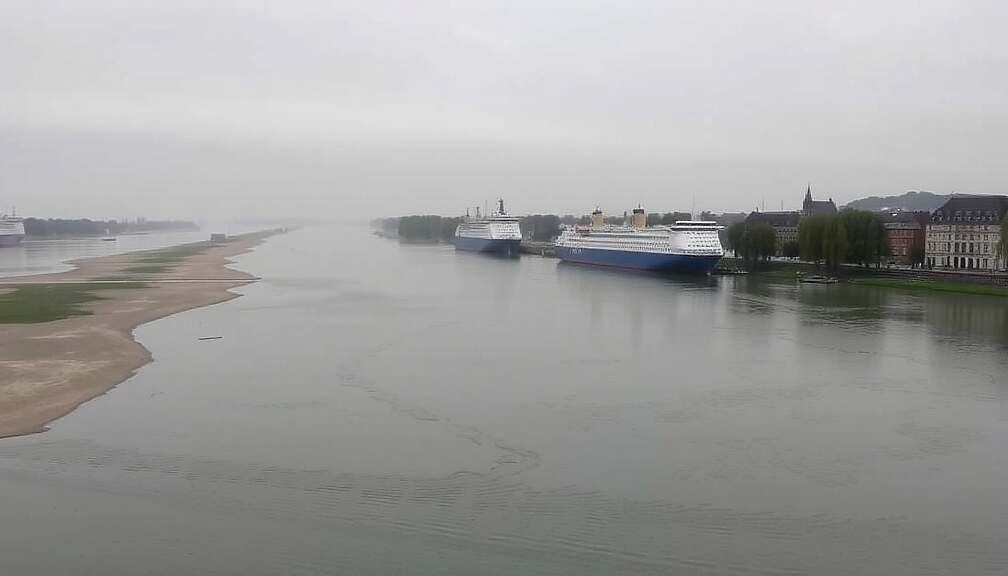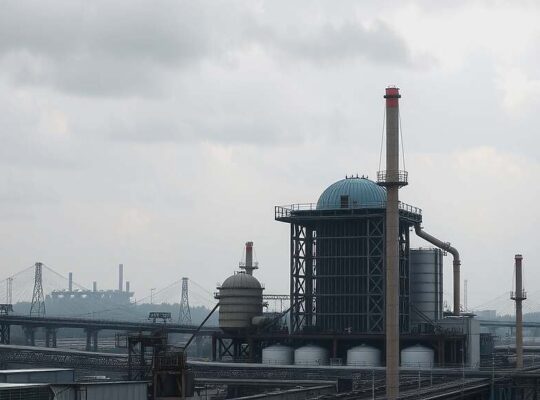Concerns are growing among economists about the potential economic impact of low water levels on the Rhine River, Germany’s most important inland waterway. Should the current low water conditions persist or worsen, analysts predict a negative effect on the national economy.
Nils Jannsen, head of the Germany Economic Outlook department at the Kiel Institute for the World Economy (IfW), highlighted historical data suggesting that if the Rhine level falls below critical thresholds for a month, industrial production could be dampened by approximately one percent.
Claudia Kemfert, an energy economist at the German Institute for Economic Research (DIW), emphasized the significant influence of the Kaub gauge on the volume of goods transported. She noted that companies may be forced to reduce or halt production due to shortages of raw materials and inability to ship finished products.
Marc Schattenberg, an economist at Deutsche Bank, explained that when the Kaub level drops to 75 centimeters, large cargo ships can only be loaded with 25 percent capacity, requiring four additional ships to transport the same amount of goods. This translates to longer waiting times and disruptions in supply chains for recipients. Currently, the Rhine level stands at 99 centimeters.
While acknowledging the potential for negative consequences, IfW’s Jannsen suggests that the economic impact might be less severe than in 2018, when prolonged low water levels significantly hampered economic activity. This difference is attributed to businesses having adapted their supply chains to be more resilient to low water conditions. Furthermore, a decline in production within the chemical industry, heavily reliant on the Rhine for transportation, is expected to mitigate the overall economic effects.
The increasing frequency of prolonged dry periods, exacerbated by climate change and reduced snowmelt, is contributing to the fluctuating Rhine water levels. While more intense rainfall events can lead to flooding, the overall pattern indicates greater instability in the river’s water levels.












